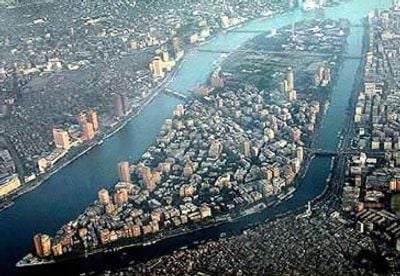Zamalek, Residential district on Gezira Island, Cairo, Egypt
The northern area of Zamalek contains numerous diplomatic missions and embassies, while the southern section features extensive sports facilities and public gardens.
The district emerged in the late 19th century when Khedive Ismail transformed the island from a botanical garden into an upscale residential neighborhood.
The Museum of Islamic Ceramics, Cairo Opera House, and numerous art galleries establish Zamalek as a central location for Egyptian artistic expression.
Four bridges connect the island to mainland Cairo: Qasr El Nil Bridge, Galaa Bridge, 15 May Bridge, and 6th October Bridge.
The district recorded 14,946 residents in 2017, distributed across four administrative subdivisions called shiakhas.
Location: Gharb
Elevation above the sea: 9 m
GPS coordinates: 30.06194,31.22056
Latest update: May 27, 2025 06:57
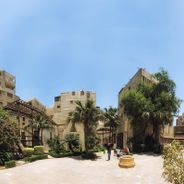
Cairo preserves an architectural heritage spanning over fifteen centuries. This collection includes religious buildings, traditional houses, and utilitarian structures that reflect the Fatimid, Mamluk, and Ottoman periods. Mosques such as Sultan Hassan with its 68-meter minaret stand alongside ancient homes with mashrabiya windows, while the 9th-century Nilometer highlights the river's importance in Egyptian society. The route passes through various historic districts, from El Khalifa with its medieval monuments to Ottoman houses from the 16th and 17th centuries like Bayt Al-Suhaymi or those housing the Gayer-Anderson Museum. Aqsunqur Mosque stands out with its Iznik tiles showcasing floral motifs, a legacy of Ottoman influence. The City of the Dead, a cemetery stretching four kilometers, illustrates the continuity between burial sites and inhabited areas. Green spaces like Al-Azhar Park offer views of a dense city where traditions blend with everyday life.
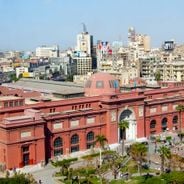
Cairo is home to millennia of history. The Giza Pyramids, built between 2686 and 2494 BC, stand alongside Fatimid mosques like the Ibn Tulun Mosque from 879, and Mamluk fortifications such as Saladin's Citadel from the 12th century. Religious heritage reflects community diversity: Saint Serge Church dates to the 4th century, while Sainte-Marie Church from the 7th century reuses elements of the Roman fortress of Babylon. The Cairo Museum, opened in 1902, displays over 120,000 archaeological artifacts including Tutankhamun’s burial mask. Khan Al-Khalili market, established in 1382, continues traditional trade along its alleys lined with spice and craft shops. The Gayer Anderson House exemplifies 16th-century Ottoman residential architecture. These sites span Egypt’s history from pharaonic antiquity to the Ottoman period.

Egyptian Museum
2 km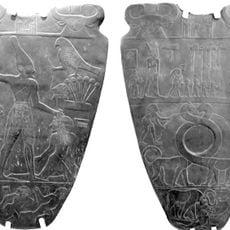
Narmer Palette
2 km
Cairo Tower
1.8 km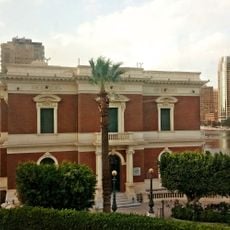
Aisha Fahmy Palace
537 m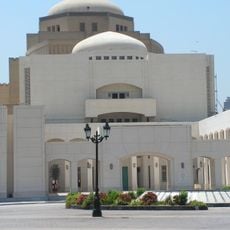
Cairo Opera House
2.2 km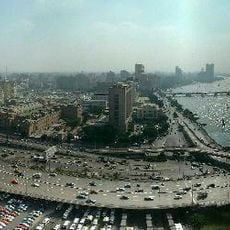
6th October Bridge
1.6 km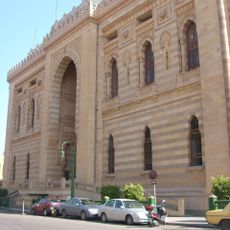
Egyptian National Library and Archives
832 m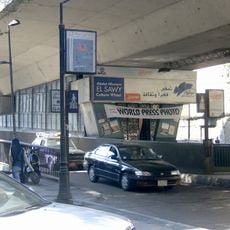
El Sawy Culture Wheel
402 m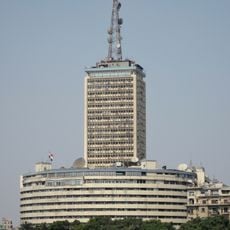
Maspero television building
1.4 km
Nile City Towers
1.3 km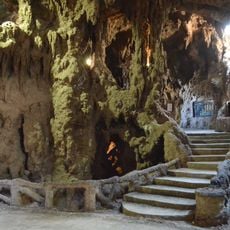
Aquarium Grotto Garden
618 m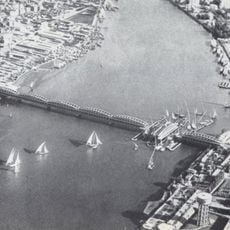
Imbaba Bridge
1.5 km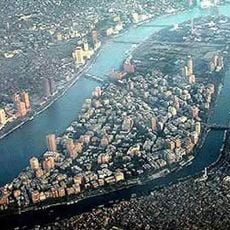
Tara
993 m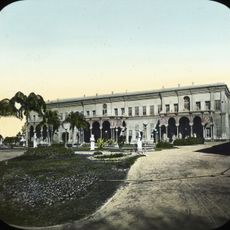
Gezirah Palace
678 m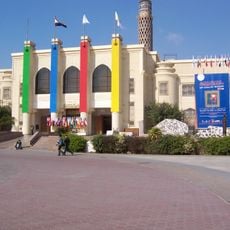
Gezira Center for Modern Art
2.1 km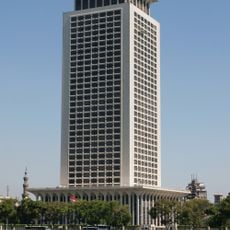
Building of the Egyptian Ministry of Foreign Affairs
1.2 km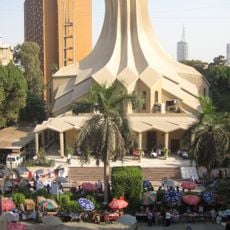
All Saints' Cathedral, Cairo
533 m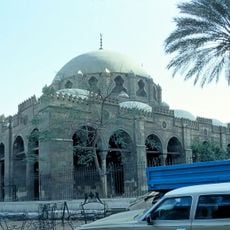
Sinan Pasha Mosque
1.1 km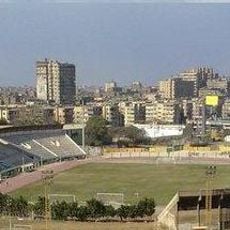
Abdel-Latif Abu-Rajelha Stadium
1.7 km
Boulaq Museum
1.3 km
Mit Okba Stadium
1.7 km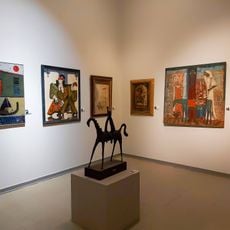
Museum Of Modern Egyptian Art
2.1 km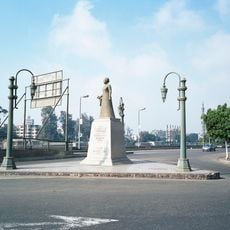
Umm Kulthum
524 m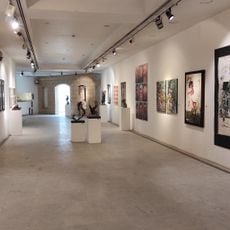
Palace of Arts
2.1 km
Gezira obelisk
1.8 km
Cairo Tower
1.8 km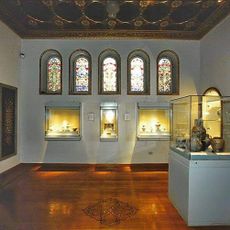
Islamic Ceramics Museum
676 m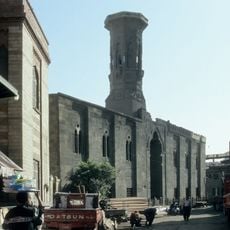
Mosque of al-Qadi Yahya
916 mReviews
Visited this place? Tap the stars to rate it and share your experience / photos with the community! Try now! You can cancel it anytime.
Discover hidden gems everywhere you go!
From secret cafés to breathtaking viewpoints, skip the crowded tourist spots and find places that match your style. Our app makes it easy with voice search, smart filtering, route optimization, and insider tips from travelers worldwide. Download now for the complete mobile experience.

A unique approach to discovering new places❞
— Le Figaro
All the places worth exploring❞
— France Info
A tailor-made excursion in just a few clicks❞
— 20 Minutes


